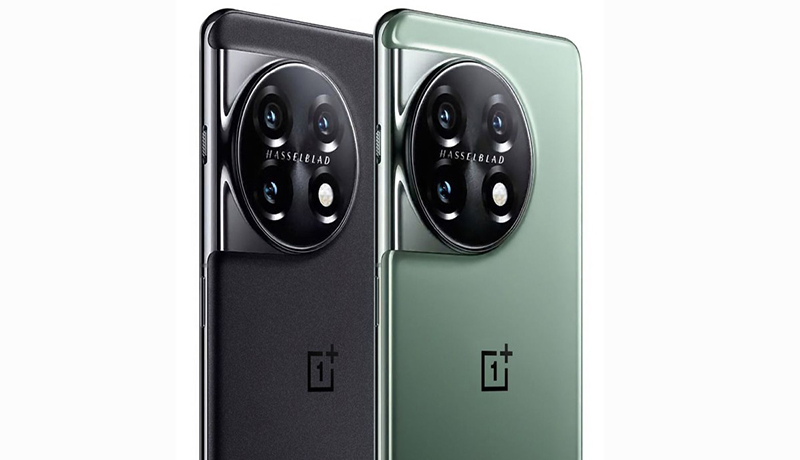
OnePlus 11 Records Highest AnTuTu Score, key specifications Revealed

OnePlus 11 Records Highest AnTuTu Score, key specifications Revealed
A OnePlus device with model number PHB110 has been spotted on Geekbench and China’s 3C certification recently. The same device has now appeared in the database of AnTuTu benchmarks and Bluetooth SIG. It is nothing but the upcoming OnePlus 11 flagship phone. The new listings have revealed key details about the device. The OnePlus 11’s AnTuTu listing mentions that it is powered by the Snapdragon 8 Gen 2 chipset and 16 GB of LPDDR5x RAM. Its screen supports a 120Hz refresh rate. The phone will come preloaded with Android 13, which is most likely to be overlaid with the ColorOS 13 in the Chinese market. It is equipped with 512 GB of UFS 4.0 storage. It has recorded the highest score of 1,341,080 points in the AnTuTu benchmarks. In the CPU, GPU, memory, and UX tests, it scored 295,159, 574,508, 268,112, and 203,301 points, respectively. In November, a OnePlus device with the model number CPH2451 showed up in the Bluetooth SIG’s database. The same listing now shows an entry for the PHB110 device. So, we can say that the PHB110 model number is for the Chinese edition and that the CPH2451 model number is for the global edition. The Bluetooth listing reveals that the device supports Bluetooth 5.3 connectivity. It also suggests that its global variant will run on OxygenOS 13. According to other reports, it has a 16-megapixel front camera, a 50-megapixel + 48-megapixel + 32-megapixel triple camera unit with OIS, a 5,000mAh battery with 100W charging, and an alert slider. It will be available in Forest Emerald and Volcanic Black colors. At present, there is no word on the price of the device. The OnePlus 11 is scheduled to launch on Feb. 7 in India. However, it is yet to be confirmed whether it will launch this month in China.
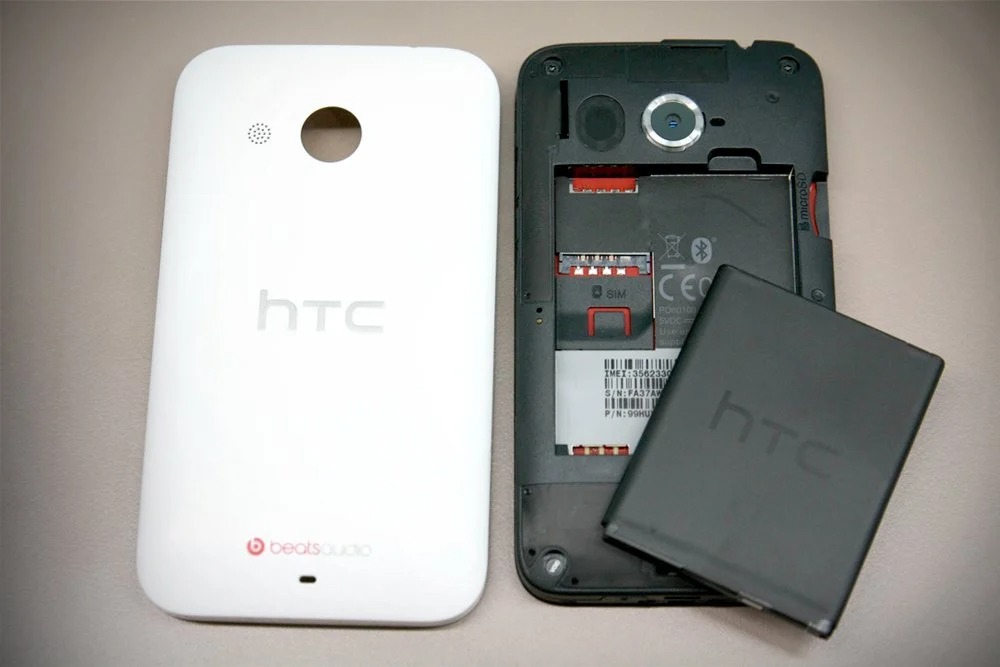
New EU Legislation can bring back user-replaceable Batteries
The EU is on a roll – first, it will force smartphones makers to open their devices to third-party app stores from January 2024, then it will make USB-C mandatory for portable electronics starting at the end of 2024, now it has reached a provisional agreement that will require that portable devices have user-replaceable batteries. The agreement covers batteries of almost all sizes – from portable batteries, Starting, Lighting, and Ignition batteries for vehicles (SLI batteries), Light Means of Transport batteries, (LMT, think electric scooters and bikes), Electric Vehicle (EV) batteries, and even industrial batteries. This legislation – if it passes – will give manufacturers 3 and a half years to rework their portable devices in such a way that users can easily remove and replace their batteries. User-replaceable batteries used to be the norm on smartphones, but these days they are vanishingly rare. For the common bar form factor that should be a relatively easy adaptation – even dust and water resistance are possible as evidenced by Samsung’s recent Xcover phones and similar devices. The Samsung Galaxy Xcover6 Pro is rated IP68 and MIL-STD-810H - and it has an easily removable battery Foldable phones may be a challenge, though, as they often feature two separate batteries, one in each “half” to balance space and weight. They are connected with ribbon cables and coming up with a design that allows easy access to users will be tough. The makers will have 3 and a half years to figure it out – again, if and when the legislation is approved by the EU Parliament and Council. Each battery will be required to carry labels and QR codes that contain information on capacity, performance, durability, chemical composition, and a “separate collection” symbol. Also, batteries will have digital passports with information on the general battery model as well as the individual battery. This agreement was strongly driven by environmental concerns. The plan sets minimum levels of recycled materials for batteries: 16% for cobalt, 85% for lead, 6% for lithium, and 6% for nickel. To feed the recycling process, the EU will require those old batteries to be collected: at least 45% of old batteries must be collected (free of charge) by 2023, 63% by 2027, and 73% by 2030 for portable batteries. For LMT batteries the numbers are 51% by 2028 and 61% by 2031. In fact, all other batteries, including EV and industrial, must be collected at no cost to the consumer regardless of their brand, origin, and condition. Also, manufacturers selling their products in the EU will be required to develop a due diligence policy to “address the social and environmental risks linked to sourcing, processing, and trading raw materials and secondary raw materials”. Rapporteur Achille Variati (S&D, IT) said: “For the first time, we have circular economy legislation that covers the entire life cycle of a product – this approach is good for both the environment and the economy. We agreed on measures that greatly benefit consumers: batteries will be well-functioning, safer, and easier to remove. Our overall aim is to build a stronger EU recycling industry, particularly for lithium, and a competitive industrial sector as a whole, which is crucial in the coming decades for our continent’s energy transition and strategic autonomy. These measures could become a benchmark for the entire global battery market.”
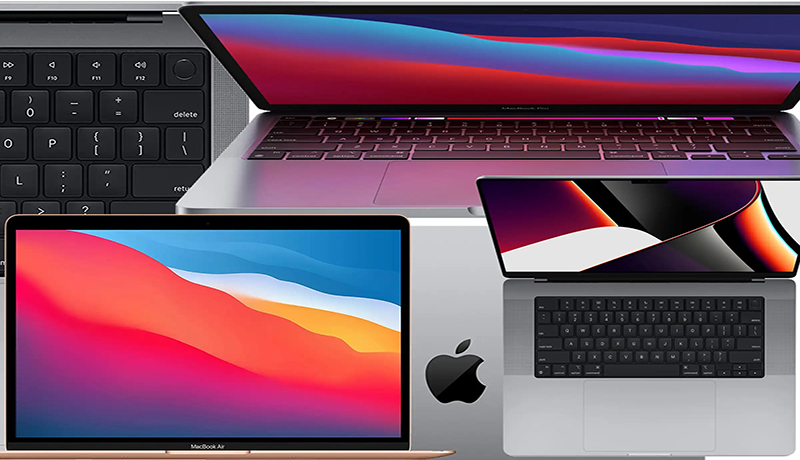
Apple MacBook Pro Could Launch in early 2023: M3-Powered iMac Expected in late 2023
Apple has already launched a couple of devices powered by the new Apple Silicon M2 series chips, and the Cupertino-based technology giant has been working on new MacBook models with more powerful M2 chips. Now, in the latest development, a report from Bloomberg’s Mark Gurman claims that the 14-inch MacBook Pro and the 16-inch MacBook Pro, powered by the M2 Pro and M2 Max chips, could get launched in early 2023. The new MacBook Pro models were expected to go official this year, but the product has been getting delayed internally, and now it appears that the company has finally fixed whatever the issue was and is gearing up to launch the devices early next year. As of now, there’s no specific launch date available for the 14-inch and 16-inch MacBook Pro models, but we expect the laptops to get launched around March 2023. Apart from the upgraded chips and maybe faster RAM, the laptops are not expected to have any other major change compared to the current models. The 14-inch and 16-inch MacBook Pro currently available in the market were launched in October last year and come powered by the M1 Pro and M1 Max chips. They feature a new design where the display has a notch at the top-center of the screen. It also comes with an HDMI port, a MagSafe port, and an SD card reader slot. Apart from the new MacBook Pro models, the report adds that the company is also working on a new iMac which will be powered by an M3 chip and is expected to launch by the end of 2023. The company is also reportedly working on new Apple Mac Mini powered by the M2 series chip, but no launch timeline is available for now.
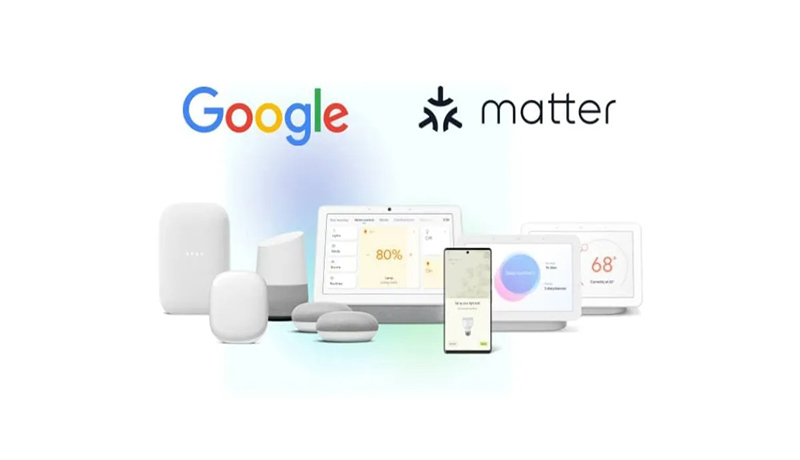
Google enables Matter across Nest Home and Android Devices
This Thursday, Google officially launches support for Matter on Google Nest and Android devices. Matter is a new unified smart home platform that aids the interoperability between ecosystems and lets one platform borrow an incompatible device's support. Google has added support for the Matter platform on the Nest Mini, Nest Audio, Nest Hub (1st and 2nd gen), Nest Hub Max, Nest Wi-Fi Pro, Google Home, and Google Home Mini. That means if you already have any of these devices, it will act as a bridge between the internet and your home’s other Thread-compatible devices. Google confirms that more Nest devices, including the Nest Thermostat (2020) and the Nest Wi-Fi (non-Pro) will be updated in 2023. Android phones will also support Matter devices and integrates with Fast Pair to quickly add a new device to your home. Google will bring Matter support to the iOS version of the Google Home app early next year. Once a device is on your home network, any Matter-compatible app will be able to control it. Matter uses Wi-Fi and the ‘Thread’ Protocol to communicate with smart home devices so that the smart home devices themselves can become nodes in a mesh network at home. That way, commands to smart home devices don’t need to bounce to a cloud-based system, reducing dependency on cloud services and reducing latency between command and reaction. Despite whatever brand your Thread “border router” is, Thread release 1.3.0 will standardize its function across brands, so you wouldn’t have multiple Thread networks running in your home. Amazon has confirmed 30 of its Echo devices will receive compatibility for Matter and Thread, and Apple has already rolled out support for Matter and Thread on its HomePod Mini (2nd Gen) and Apple TV 4K (2nd Gen).

Qualcomm Snapdragon 782G launched as replacement for SD778G+
Qualcomm's latest SoC is the Snapdragon 782G (SM7325-AF) just arrived and it's an iterative upgrade to the Snapdragon 778G+. Similar to the SD778G+, the Snapdragon 782G is a 6nm chipset with an 8-core Kryo 670 processor and an Adreno 642L. The CPU has the same core setup as the 778G+ - 1 Kryo 670 Prime core (Cortex-A78) but runs up to 200MHz faster at 2.7GHz, 3 Kryo 670 Gold (also Cortex-A78) at up to 2.2GHz, and 4 Kryo 670 Silver (Cortex-A55) at up to 1.9GHz. Thanks to the slight bump in clock speed, the CPU is around 5% faster, while the GPU is quoted as 10% faster than the Snapdragon 778G+. Like the older SoC, the 782G brings Quick Charge 4+ (up to 50% in 15 minutes), the same Fused AI Accelerator architecture, the same Qualcomm Spectra ISP with triple 14-bit ISP support, and the ability to process up to 2 gigapixels per sec, and up to 200MP resolution support. The modem is also the same Snapdragon X53 with Sub-6GHz and mmWave support, while FastConnect 6700 offers Wi-Fi 6 up to 2.9 Gbps, with ample capacity over the 6 GHz spectrum plus integrated Bluetooth® 5.2.

Twitter Blue will Relaunch with Gold, Grey and blue Checkmarks
Twitter, led by Elon Musk, continues to work to increase its revenues. The company recently announced its Blue subscription, which gave everyone a Blue Checkmark. However, this paid feature caused everyone to have verified accounts and caused chaos. That’s why Musk has stepped back and temporarily suspended the Blue subscription. However, you don’t have to wait too long. Twitter Blue returns on December 2nd, this time in multiple colors Beginning December 2, Twitter’s verification system is changing. Before there was only Blue Checkmark, now it is divided into three Gold, Gray, and Blue. Twitter will provide a gold checkmark for companies, a grey check for the government, and a blue checkmark for individuals (celebrity or not), Elon Musk said in a Tweet. Also, he added that all verified accounts will be manually authenticated before the check activates. Musk responded to a user on Twitter apologizing for the delay in relaunching the service, and stated that the company was “tentatively” launching its verification service on December 2. “Gold check for companies, grey check for government, blue for individuals (celebrity or not), and all verified accounts will be manually authenticated before the check activates. Painful, but necessary,” Musk said in the tweet. The fee for those who want to take advantage of Twitter Blue privileges and get Checkmark is $7.99 monthly. The Blue Checkmark was previously reserved and free for verified accounts of politicians, famous personalities, journalists, and other public figures.

Apple Unveils completely Redesigned ipad 10th gen with A14 bionic and Type C
Apple just announced the 10th generation iPad but it isn't a very faithful follow-up to the entry-level iPad of last year. As expected, the new iPad is thinner, with flat sides and a bigger 10.9-inch 2360x1640px IPS LCD with 500 nits. It's basically an iPad Air (2022) without the M1 processor. Instead, the 10th gen iPad has the A14 Bionic chip with a 6-core CPU, 4-core GPU, and a 16-core Neural Engine. The tablet is available in Silver, Blue, Pink, and Yellow, and in 64GB and 256GB trim, as well as Wi-Fi-only and Wi-Fi + 5G models. That's the faster Wi-Fi 6. The iPad 10th gen moves to USB-C and supports the first-gen Apple Pencil. read the fine print, however, and you'll see that the Pencil uses Lightning, so you'll need a USB-C to Lightning adapter (which comes in the box). The adapter in itself will be available for $9. The iPad 10th gen comes with a landscape-oriented 12MP f/2.4 122-degree ultrawide front camera. It will fit more people in the frame and supports Smart HDR 3, 1080p video up to 60fps, and extended dynamic range up to 30fps. On the opposite end is a 12MP f/1.8 AF main camera with 4K video.

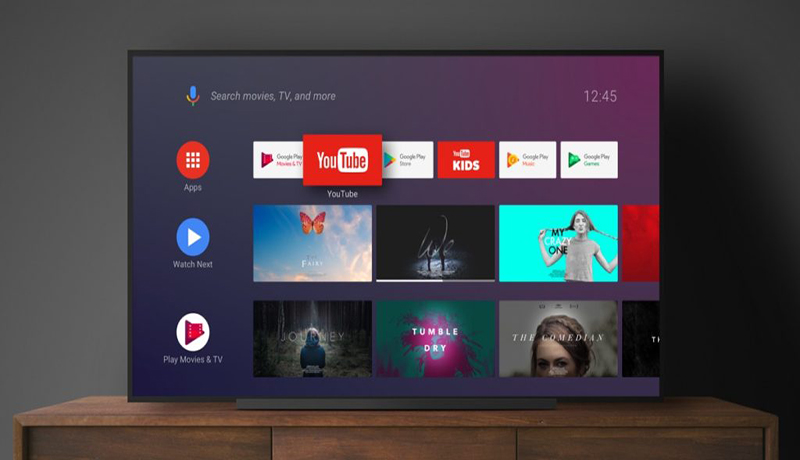


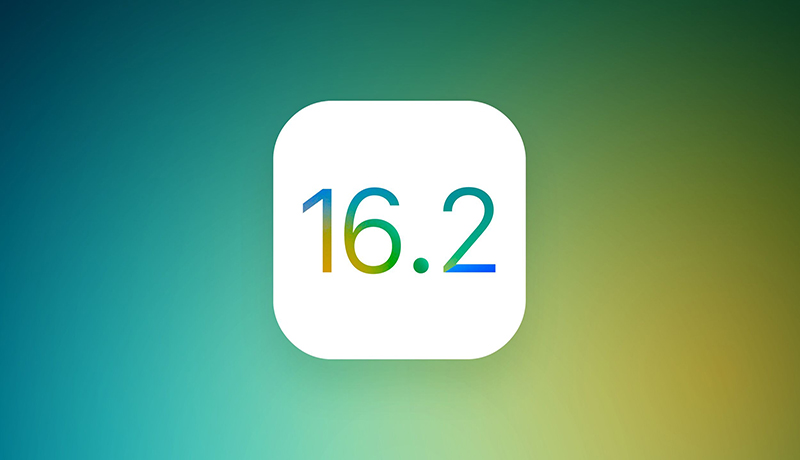


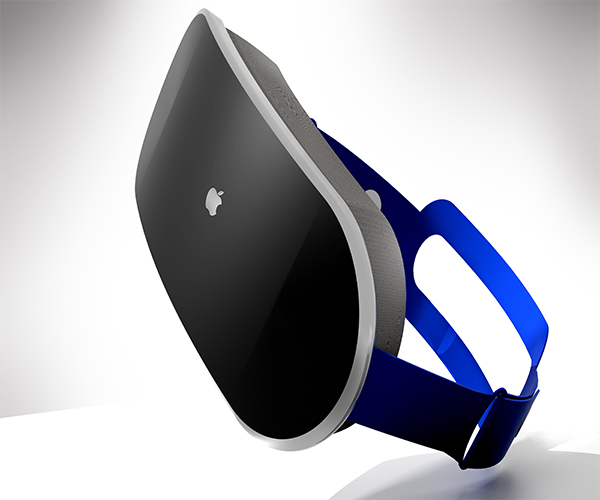
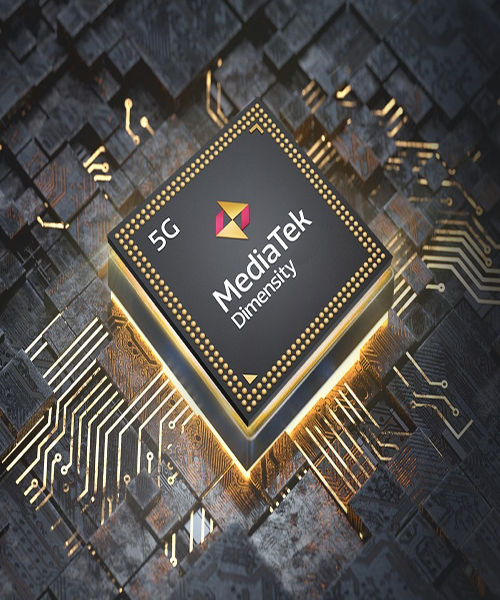
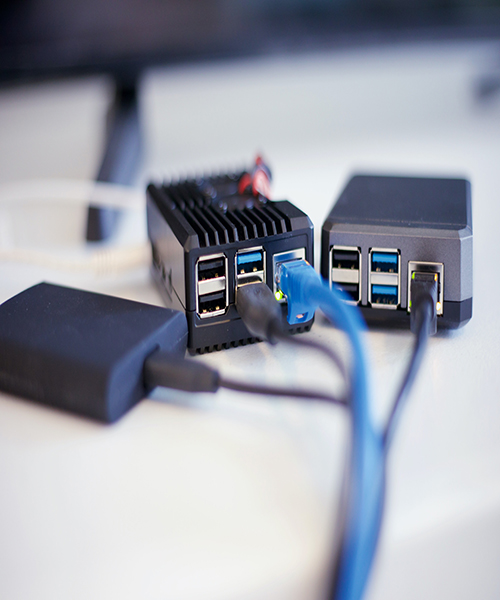
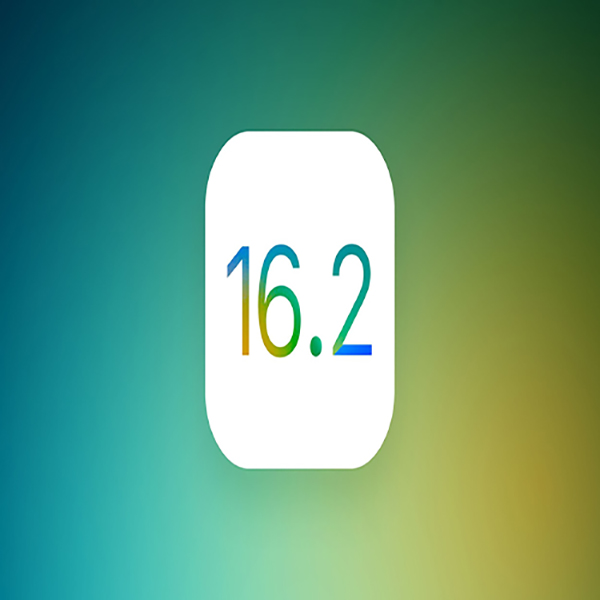
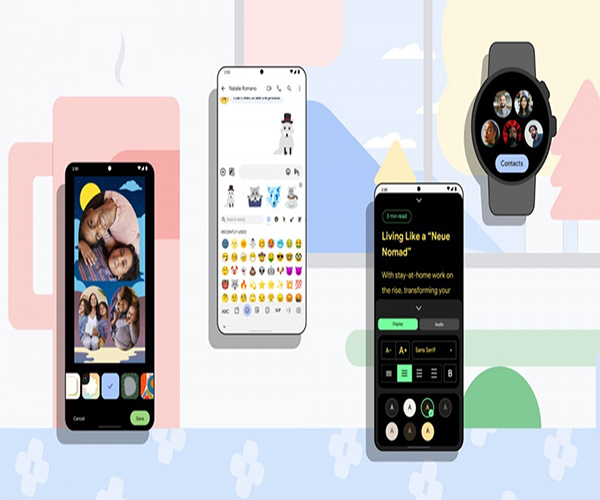
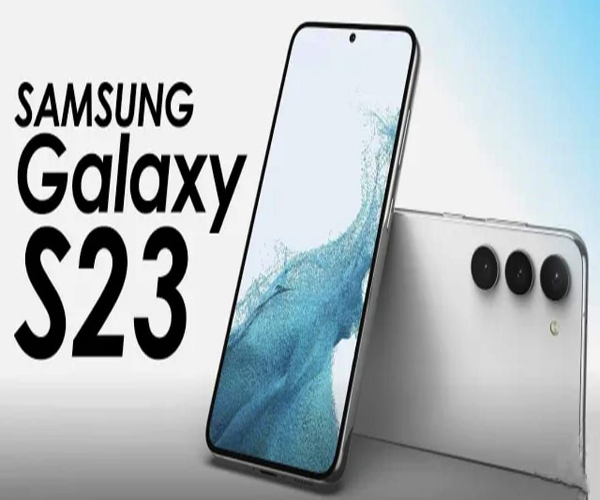
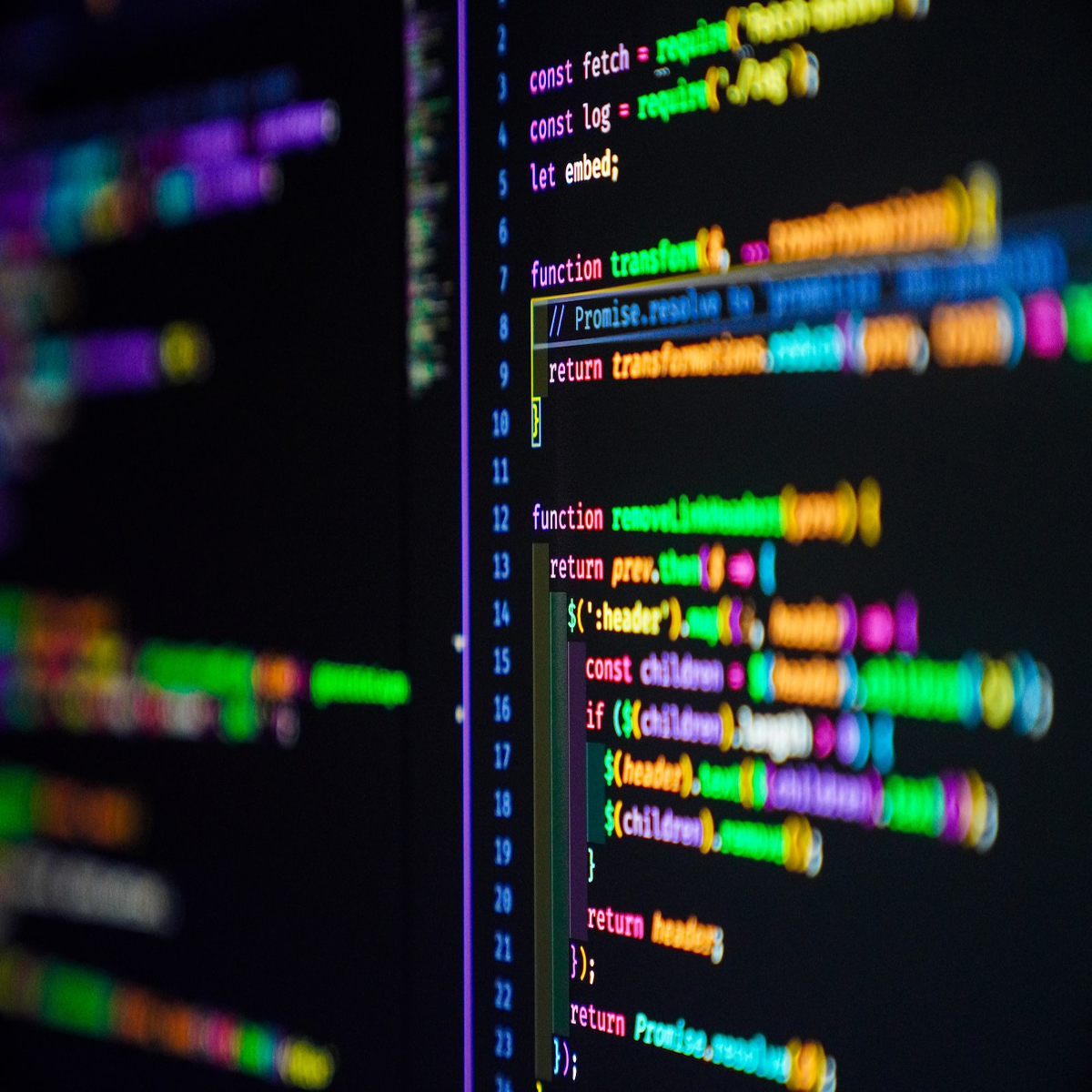
Nathaniel Mosh5 days ago
I’ve been surfing on the web more than 3 hours today, yet I never found any stunning article like yours. It’s alluringly worth for me. As I would see it, if all web proprietors and bloggers made puzzling substance as you did, the net will be in a general sense more beneficial than at whatever point in late memory.
ReplyLisa Lancaster 7 days ago
I read this post your post so nice and very informative post thanks for sharing this post
ReplyTim Johnson 10 days ago
Thanks for sharing such a great information.. It really helpful to me.. I always search to read the quality content and finally i found this in you post. keep it up!.
Reply